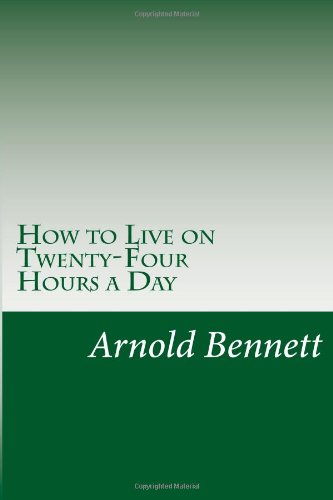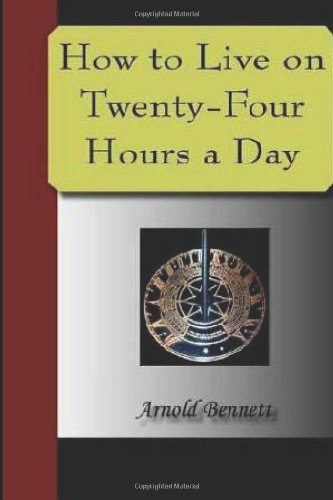
This Jersey girl hits hard – 24/7. The blockbuster Stephanie Plum series continues with Hardcore Twenty-Four from number one New York Times best-selling Janet Evanovich.

This Jersey girl hits hard – 24/7. The blockbuster Stephanie Plum series continues with Hardcore Twenty-Four from number one New York Times best-selling Janet Evanovich.

Janet Evanovich’s #1 New York Times bestselling sensation Stephanie Plum returns in her twenty-forth thriller as mutilated corpses litter the streets of New Jersey…
Trouble comes in bunches for Stephanie Plum. First, professional grave robber and semi-professional loon, Simon Diggery, won’t let her take him in until she agrees to care for his boa constrictor, Ethel. Stephanie’s main qualification for babysitting an extremely large snake is that she owns a stun gun—whether that’s for use on the wandering serpent or the petrified neighbors remains to be seen.
Events take a dark turn when headless bodies start appearing across town. At first, it’s just corpses from a funeral home and the morgue that have had the heads removed. But when a homeless man is murdered and dumped behind a church Stephanie knows that she’s the only one with a prayer of catching this killer.
If all that’s not enough, Diesel’s back in town. The 6-foot-tall, blonde-haired hunk is a man who accepts no limits—that includes locked doors, closed windows and underwear. Trenton’s hottest cop, Joe Morelli isn’t pleased at this unexpected arrival nor is Ranger, the high-powered security consultant who has his own plans for Stephanie.
As usual Jersey’s favorite bounty hunter is stuck in the middle with more questions than answers. What’s the deal with Grandma Mazur’s latest online paramour? Who is behind the startling epidemic of mutilated corpses? And is the enigmatic Diesel’s sudden appearance a coincidence or the cause of recent deadly events?

You have to live on twenty-four hours of daily time. Out of it you have to spin health, pleasure, money, content, respect, and the evolution of your immortal soul. This timeless classic is one of the first self-help books ever written and was a best-seller in both England and America. It remains as useful today as when it was written, and offers fresh and practical advice on how to make the most of the daily miracle of life.

How to Live on Twenty-Four Hours a Day Arnold Bennett In the book, Bennett addressed the large and growing number of white-collar workers that had accumulated since the advent of the Industrial Revolution. In his view, these workers put in eight hours a day, 40 hours a week, at jobs they did not enjoy, and at worst hated. They worked to make a living, but their daily existence consisted of waking up, getting ready for work, working as little as possible during the work day, going home, unwinding, going to sleep, and repeating the process the next day. In short, he didn’t believe they were really living. Bennett addressed this problem by urging these “salarymen” to seize their extra time, and make the most of it to improve themselves. Extra time could be found at the beginning of the day, by waking up early, and on the ride to work, on the way home from work, in the evening hours, and especially during the weekends. During this time, he prescribed improvement measures such as reading great literature, taking an interest in the arts, reflecting on life, and learning self-discipline.

In the book, Bennett addressed the large and growing number of white-collar workers that had accumulated since the advent of the Industrial Revolution. In his view, these workers put in eight hours a day, 40 hours a week, at jobs they did not enjoy, and at worst hated. They worked to make a living, but their daily existence consisted of waking up, getting ready for work, working as little as possible during the work day, going home, unwinding, going to sleep, and repeating the process the next day. In short, he didn’t believe they were really living. Bennett addressed this problem by urging these “salarymen” to seize their extra time, and make the most of it to improve themselves. Extra time could be found at the beginning of the day, by waking up early, and on the ride to work, on the way home from work, in the evening hours, and especially during the weekends. During this time, he prescribed improvement measures such as reading great literature, taking an interest in the arts, reflecting on life, and learning self-discipline. Bennett wrote that time is the most precious of commodities. He said that many books have been written on how to live on a certain amount of money each day. And he added that the old adage “time is money” understates the matter, as time can often produce money, but money cannot produce more time. Time is extremely limited, and Bennett urged others to make the best of the time remaining in their lives. This book has seen increased appeal in recent years due to the explosion of the self-improvement phenomenon, and the book has much relevance in today’s world.

This preface, though placed at the beginning, as a preface must be, should be read at the end of the book. I have received a large amount of correspondence concerning this small work, and many reviews of it—some of them nearly as long as the book itself—have been printed. But scarcely any of the comment has been adverse. Some people have objected to a frivolity of tone; but as the tone is not, in my opinion, at all frivolous, this objection did not impress me; and had no weightier reproach been put forward I might almost have been persuaded that the volume was flawless! A more serious stricture has, however, been offered—not in the press, but by sundry obviously sincere correspondents—and I must deal with it. A reference to page 43 will show that I anticipated and feared this disapprobation. The sentence against which protests have been made is as follows:—”In the majority of instances he [the typical man] does not precisely feel a passion for his business; at best he does not dislike it. He begins his business functions with some reluctance, as late as he can, and he ends them with joy, as early as he can. And his engines, while he is engaged in his business, are seldom at their full ‘h.p.'”

This preface, though placed at the beginning, as a preface must be, should be read at the end of the book. I have received a large amount of correspondence concerning this small work, and many reviews of it—some of them nearly as long as the book itself—have been printed. But scarcely any of the comment has been adverse. Some people have objected to a frivolity of tone; but as the tone is not, in my opinion, at all frivolous, this objection did not impress me; and had no weightier reproach been put forward I might almost have been persuaded that the volume was flawless! A more serious stricture has, however, been offered—not in the press, but by sundry obviously sincere correspondents—and I must deal with it. A reference to page 43 will show that I anticipated and feared this disapprobation. The sentence against which protests have been made is as follows:—”In the majority of instances he [the typical man] does not precisely feel a passion for his business; at best he does not dislike it. He begins his business functions with some reluctance, as late as he can, and he ends them with joy, as early as he can. And his engines, while he is engaged in his business, are seldom at their full ‘h.p.'”

This is a reproduction of a book published before 1923. This book may have occasional imperfections such as missing or blurred pages, poor pictures, errant marks, etc. that were either part of the original artifact, or were introduced by the scanning process. We believe this work is culturally important, and despite the imperfections, have elected to bring it back into print as part of our continuing commitment to the preservation of printed works worldwide. We appreciate your understanding of the imperfections in the preservation process, and hope you enjoy this valuable book.

In the book, Bennett addressed the large and growing number of white-collar workers that had accumulated since the advent of the Industrial Revolution. In his view, these workers put in eight hours a day, 40 hours a week, at jobs they did not enjoy, and at worst hated. They worked to make a living, but their daily existence consisted of waking up, getting ready for work, working as little as possible during the work day, going home, unwinding, going to sleep, and repeating the process the next day. In short, he didn’t believe they were really living. Bennett addressed this problem by urging these “salarymen” to seize their extra time, and make the most of it to improve themselves. Extra time could be found at the beginning of the day, by waking up early, and on the ride to work, on the way home from work, in the evening hours, and especially during the weekends. During this time, he prescribed improvement measures such as reading great literature, taking an interest in the arts, reflecting on life, and learning self-discipline. Bennett wrote that time is the most precious of commodities. He said that many books have been written on how to live on a certain amount of money each day. And he added that the old adage “time is money” understates the matter, as time can often produce money, but money cannot produce more time. Time is extremely limited, and Bennett urged others to make the best of the time remaining in their lives. This book has seen increased appeal in recent years due to the explosion of the self-improvement phenomenon, and the book has much relevance in today’s world.